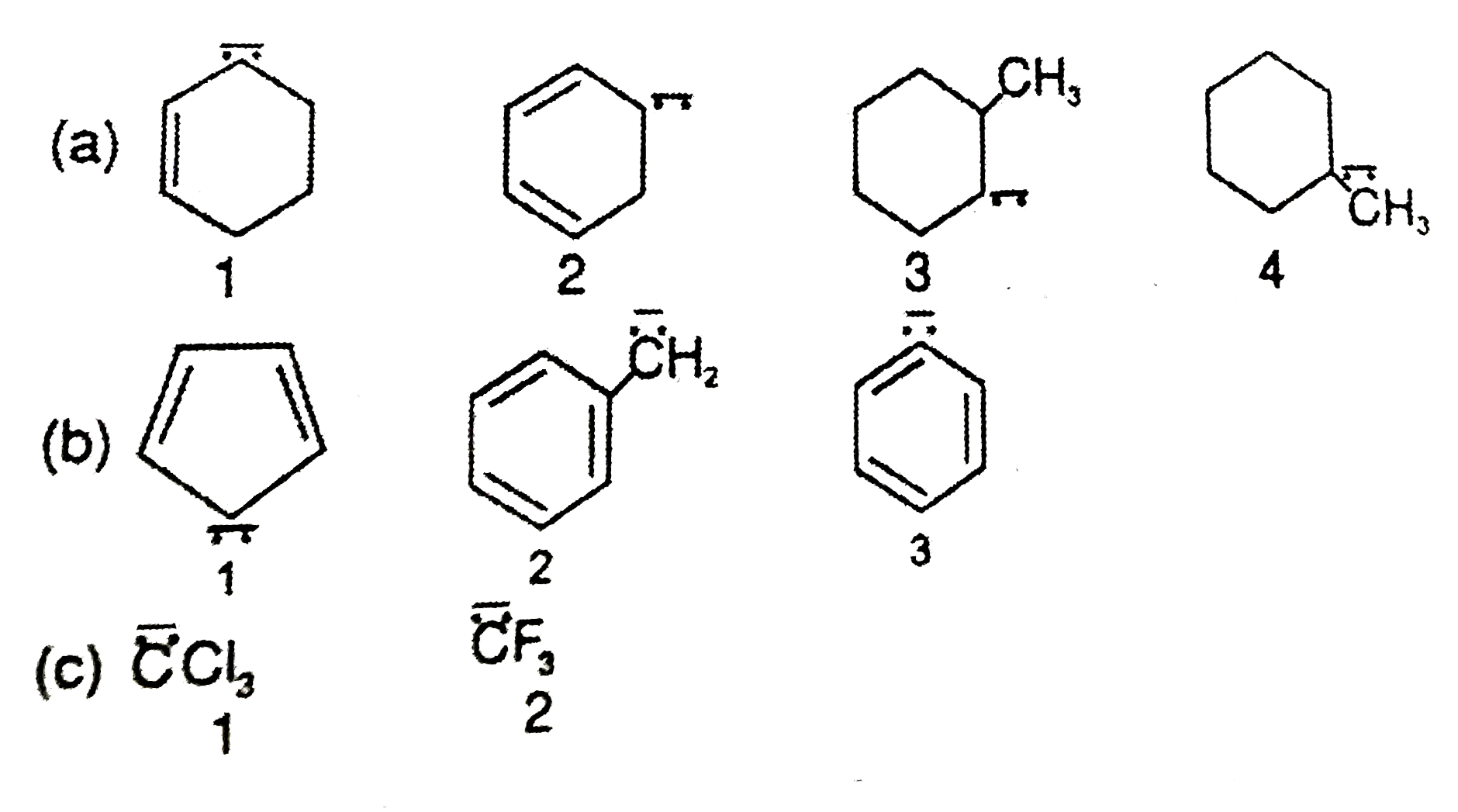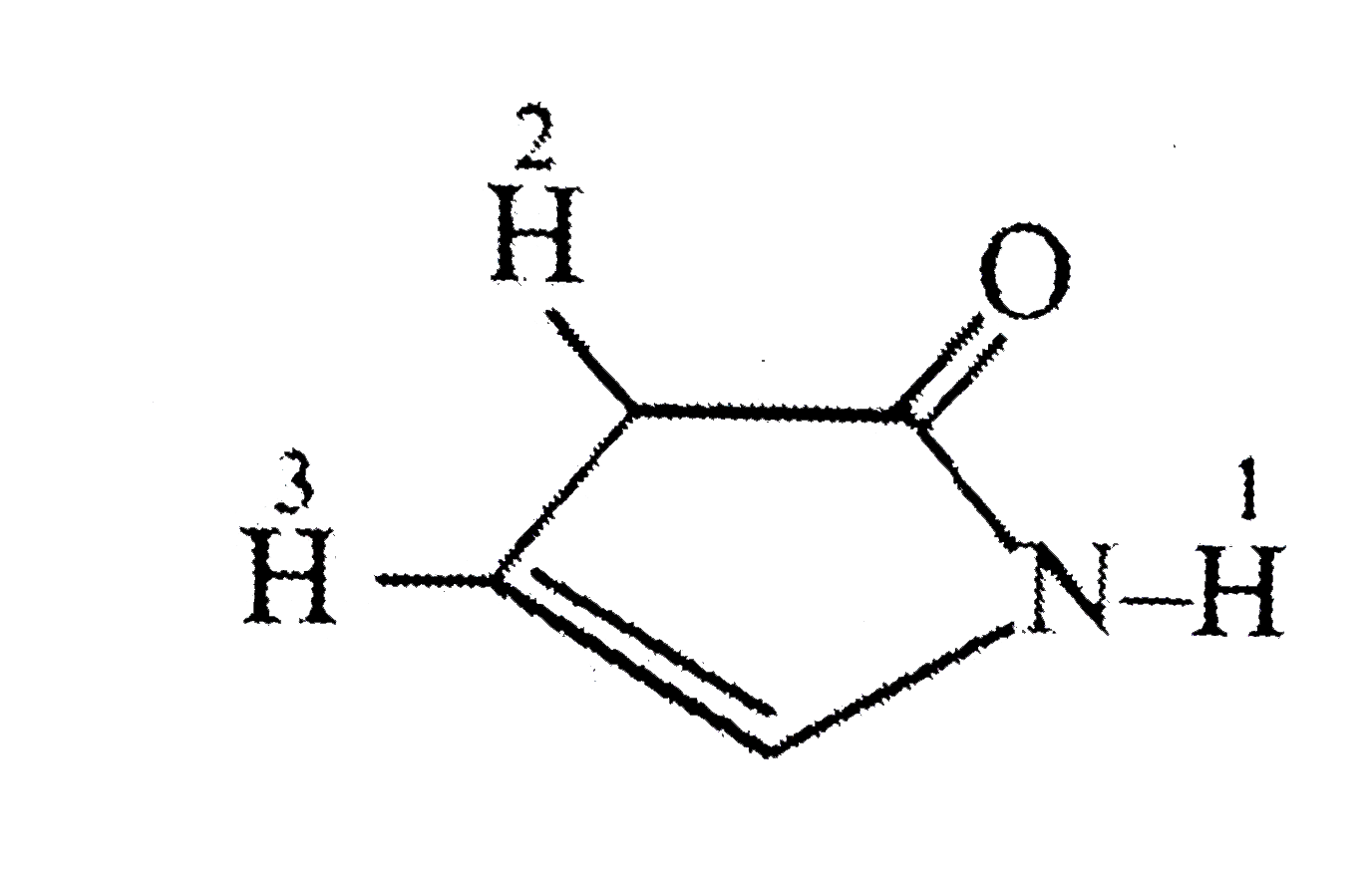Arrange hypohalous acids in decreasing order of oxidising nature.
To arrange hypohalous acids in decreasing order of oxidizing nature, we need to consider the strength of the bond between the oxygen and the halogen in each hypohalous acid. The hypohalous acids we are considering are:
1. Hypochlorous acid (HOCl)
2. Hypobromous acid (HOBr)
3. Hypoiodous acid (HOI)
1. Identify the Hypohalous Acids:
We have three hypohalous acids: HOCl, HOBr, and HOI.
2. Analyze the Bond Strength:
- The bond strength between the oxygen (O) and the halogen (Cl, Br, I) decreases as we move down the group in the periodic table.
- Chlorine (Cl) is more electronegative than bromine (Br), and bromine is more electronegative than iodine (I). This means that the O-Cl bond is stronger than the O-Br bond, which in turn is stronger than the O-I bond.
3. Determine the Ease of Oxidation:
- A weaker bond means that the hypohalous acid can more easily release the OH group, which is indicative of a stronger oxidizing agent.
- Therefore, since HOI has the weakest bond, it will release OH more easily, making it the strongest oxidizing agent.
- Following this, HOBr will be next, and HOCl will be the weakest oxidizing agent due to the strong O-Cl bond.
4. Arrange in Decreasing Order:
Based on the above analysis, we can arrange the hypohalous acids in decreasing order of oxidizing nature as follows:
- HOI > HOBr > HOCl
Final Answer:
Decreasing order of oxidizing nature: HOI > HOBr > HOCl
2. Hypobromous acid (HOBr)
3. Hypoiodous acid (HOI)
We have three hypohalous acids: HOCl, HOBr, and HOI.
- The bond strength between the oxygen (O) and the halogen (Cl, Br, I) decreases as we move down the group in the periodic table.
- Chlorine (Cl) is more electronegative than bromine (Br), and bromine is more electronegative than iodine (I). This means that the O-Cl bond is stronger than the O-Br bond, which in turn is stronger than the O-I bond.
- A weaker bond means that the hypohalous acid can more easily release the OH group, which is indicative of a stronger oxidizing agent.
- Therefore, since HOI has the weakest bond, it will release OH more easily, making it the strongest oxidizing agent.
- Following this, HOBr will be next, and HOCl will be the weakest oxidizing agent due to the strong O-Cl bond.
Based on the above analysis, we can arrange the hypohalous acids in decreasing order of oxidizing nature as follows:
- HOI > HOBr > HOCl
Decreasing order of oxidizing nature: HOI > HOBr > HOCl
Topper's Solved these Questions
- APPENDIX INORGANIC VOLUME 2Book:CENGAGE CHEMISTRY ENGLISHChapter:APPENDIX INORGANIC VOLUME 2Exercise:Exercises
Explore 137 Videos
- ALIPHATIC AND AROMATIC ALDEHYDES AND KETONESBook:CENGAGE CHEMISTRY ENGLISHChapter:ALIPHATIC AND AROMATIC ALDEHYDES AND KETONESExercise:Archives Subjective
Explore 26 Videos
- AROMATIC COMPOUNDS AND ALKYL AND ARYL HALIDES Book:CENGAGE CHEMISTRY ENGLISHChapter:AROMATIC COMPOUNDS AND ALKYL AND ARYL HALIDES Exercise:Archives Subjective Type
Explore 4 Videos
Similar Questions
Knowledge Check
Arrange the following compounds in decreasing order of acidity
 AP>Q>S>RBQ>R>S>PCQ>P>R>SDR>P>Q>S
AP>Q>S>RBQ>R>S>PCQ>P>R>SDR>P>Q>S
Arrange the following in decreasing order of acidity

View SolutionOrder of acidic nature

View SolutionArrange the following in decreasing order of acidic nature of

View SolutionArrange given diabasic acids in decreasing order of acidic strength 1. Oxalic acid 2. Adipic acid 3. Malonic acid 4. Succinic acid
View SolutionArrange the following in decreasing order of stability

View SolutionArrange the following in decreasing order of stability

View SolutionArrange marked atom in decreasing order of acidic strength

View Solution